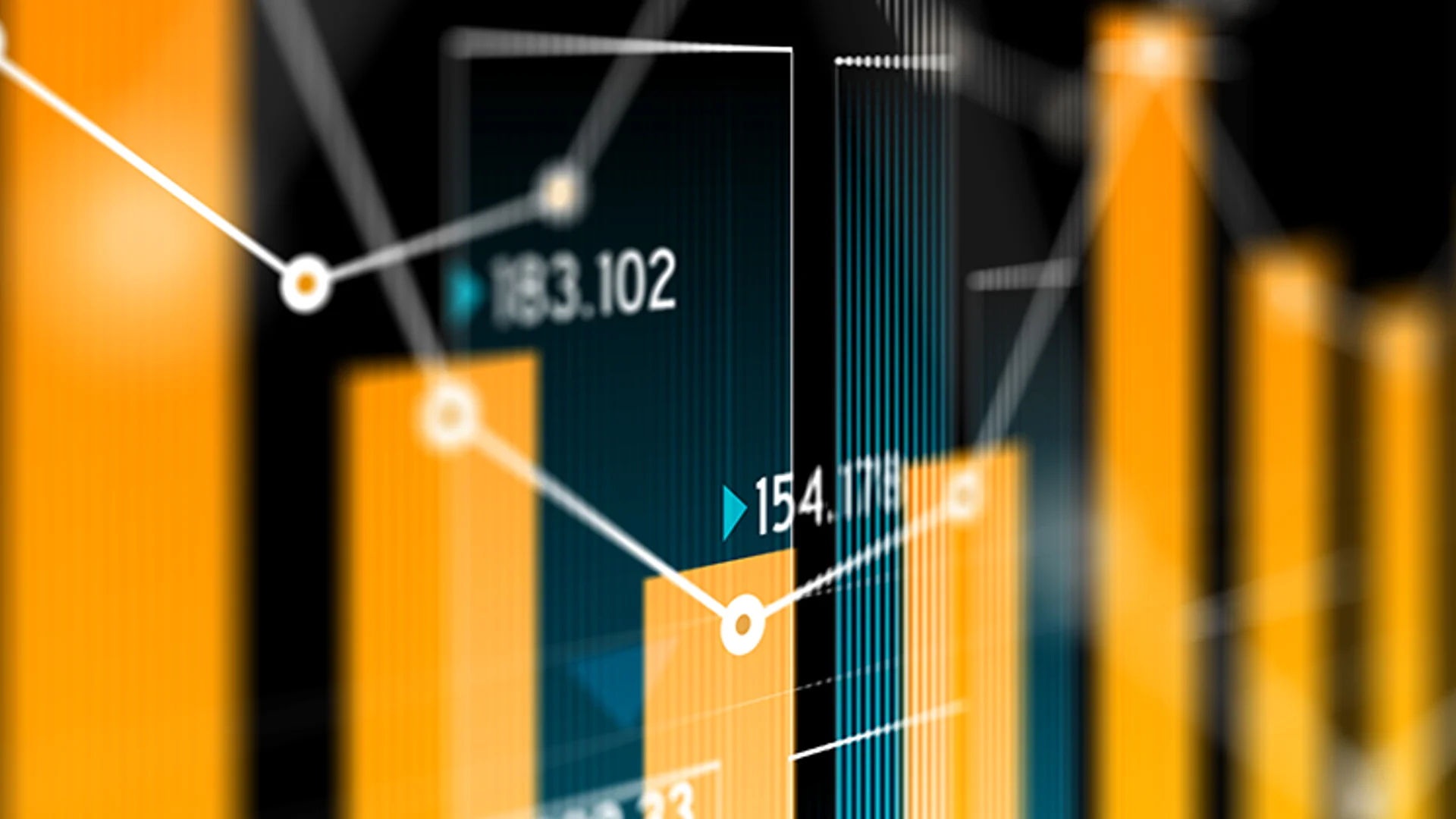In the mid-1990s, British Prime Minister John Major reportedly asked Russian President Boris Yeltsin to describe the Russian economy in one word. He replied “good”. Surprised by this assessment, Major asked Yeltsin if he could describe it in two words. He replied “not good”. While this probably never happened, it highlights the benefits of well-rounded explanations. Take the yield curve. It’s usually upward sloping: a higher interest rate is earned from lending money for longer periods. Short-term bond yields represent investors’ expectations on interest rates in the near term. Long-term yields represent their best guess on inflation, growth and rates over extended horizons. When growth and inflation expectations decline, yields on long-term bonds tend to fall towards those of shorter maturities, as investors bet that central banks will stimulate spending by cutting rates. When short-term bond yields are higher than long-term ones, the curve inverts – as it did recently (albeit only briefly). Investors sometimes take it as a recessionary signal. The curve remains very flat. What probability of recession does this imply? What does it mean for markets? Let’s look into it.
The message from the macro fundamentals: There are downside risks to the growth outlook, such as the Russia/Ukraine conflict, China’s lockdown, strained supply chains and ‘policy mistakes’. Economic conditions in the euro area, which is highly exposed to the war, especially via energy markets, look set to deteriorate. However, while not 100% immune, US economic activity is likely to stay resilient – it’s fundamentally more robust and reliance on Russian fossil fuels is minimal. In China, forthcoming policy stimulus should provide relief from strict lockdowns. We think economic and earnings growth has now moved past the peak, although it’s still positive. US inflation remains high. But, as demand normalises, supply eventually expands, stimulus wanes and the comparison vs last year pushes the year-on-year rate down, we would expect it to peak. Perhaps it already has, though the risk is that China’s supply disruptions will keep it high (and perhaps rising) for longer.
The message from the yield curve: The Fed is hawkish. We now see more and bigger rate hikes (+50 bps at the next meeting in May) and higher bond yields in the near term vs our previous forecast. But, when growth and inflation moderate, we expect a slower pace of tightening. We think policy mistakes – tightening too aggressively to trigger a recession over the next 12 months – will be narrowly avoided. We estimate that the US Treasury yield curve, which had briefly inverted (short-term rates higher than long-term rates, though not any more), implies a US recession probability of about 14% over one year. The odds do rise at longer horizons, but central banks’ balance sheets may have distorted the signal. While recession over the next four quarters isn’t our base case, it’s a possible bear case. When a contraction inevitably arrives, we think it will probably be relatively mild, as the US lacks the financial imbalances that are usually associated with deep recessions.
Here’s why this matters:
USD credit has now become more attractive: The sharp rise in global bond yields has weighed on bond returns in recent weeks. As bond markets have by now priced in a hawkish Fed, we think USD investment-grade bonds in particular have become more attractive. Therefore, we’ve recently reduced our underweight in USD investment-grade bonds, while increasing the underweight in EUR government bonds, which are still yielding relatively little. Meanwhile, we retain our moderate risk-on allocation. Our most preferred regions, tactically, remain the US (via equities) and emerging markets/Asia (via equities and credit). More in detail, our tactical asset allocation is overweight equities, with a preference for US and emerging market stocks; overweight credit, with a preference for Asia high-yield and emerging market sovereign hard-currency bonds; underweight lower-yielding bond markets, such as EUR and UK government bonds, and USD investment-grade bonds. We expect the ECB and the Bank of England to start/continue to hike rates this year – though still keeping them at low levels. We’re more dovish vs market expectations on both.
Yield curve inversions aren’t reliable timers of equity returns: Since 1978, there has been high variability in the trajectory and size of equity market returns post-inversion. On average, it takes around 13 months after an inversion for equity markets to reach their peak. And the average return from the inversion date until the subsequent peak remains appealing (18%). There’s also a large variability in the timing of market troughs: following the curve inversion before the ‘dot-com bubble’ (2000) and the Global Financial Crisis (2005-06) the market had protracted and large drawdowns; during other periods (1978, 1982, 1989 and 2019) it suffered short and sharp drawdowns before recovering. When the market does turn, there’s a bias towards defensive sectors such as utilities, consumer non-durables and health care over more cyclical sectors like energy, financials, tech and durable goods. Riskier cohorts of stocks, such as ‘high risk’, ‘small caps’ and ‘value’ (cheaper stocks), all suffer larger drawdowns after curve inversions relative to higher quality stocks with high investment rates and greater profitability.
Meanwhile, there’s plenty of stuff going on…
Macron Act II: Emmanuel Macron won a second term as French President, defeating Marine Le Pen and outperforming the polls. This could have a modest positive effect on French assets and the euro. Over the longer term, the re-election of Macron could be positive for sectors such as clean energy and foster greater European cohesion, reducing risk premia on European assets. The Q1 earnings season in the US should show still positive but more moderate growth. All eyes will be on margins and how rising input costs are impacting bottom lines. Q1 GDP growth for the US is likely to be slower (Thursday). More timely indicators, such as US personal income & spending and consumer sentiment (Friday), should paint a resilient, if decelerating, economy. Q1 GDP for Germany (Friday) is likely to reveal a slightly shrinking economy, though the German Ifo business climate (Monday) is more important as it will capture the latest impact from the Russia/Ukraine war. Euro area core inflation (Friday) is set to rise further. The ECB is lagging behind the Fed, but recent speeches have leaned to the hawkish side, pointing to a first rate hike perhaps earlier than at end-2022 – as soon as July.
Daniele Antonucci | Chief Economist & Macro Strategist
This document has been prepared by Quintet Private Bank (Europe) S.A. The statements and views expressed in this document – based upon information from sources believed to be reliable – are those of Quintet Private Bank (Europe) S.A. and are subject to change. This document is of a general nature and does not constitute legal, accounting, tax or investment advice. All investors should keep in mind that past performance is no indication of future performance, and that the value of investments may go up or down. Changes in exchange rates may also cause the value of underlying investments to go up or down.
Copyright © Quintet Private Bank (Europe) S.A. 2022. All rights reserved.





